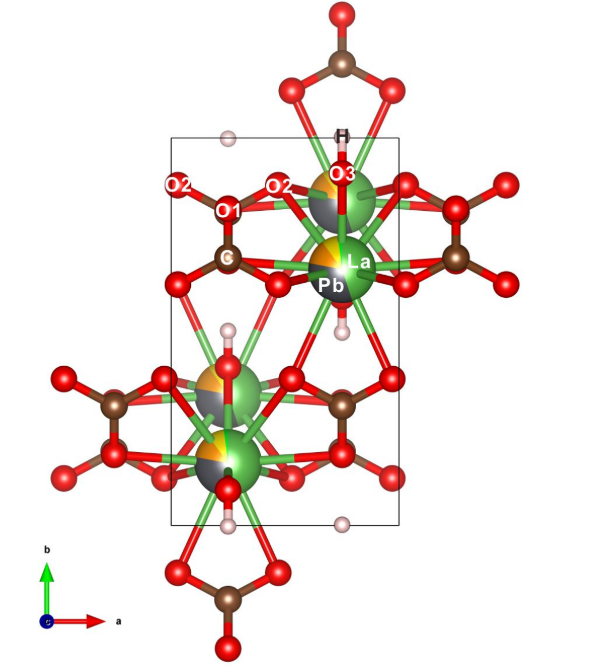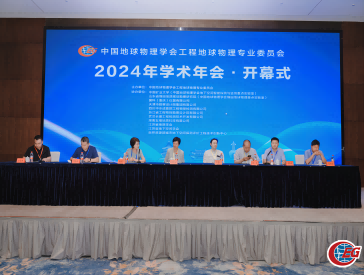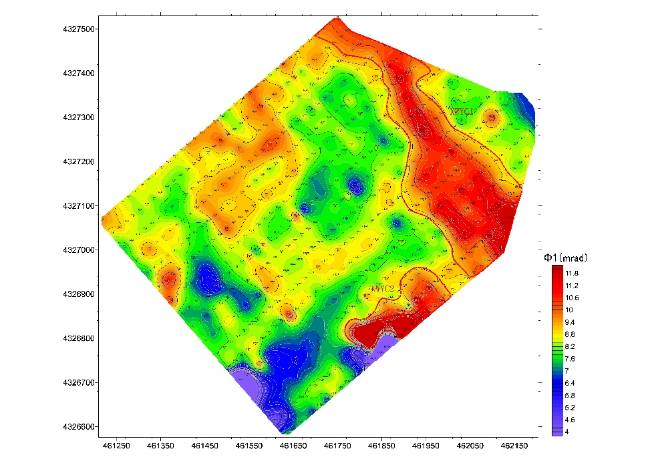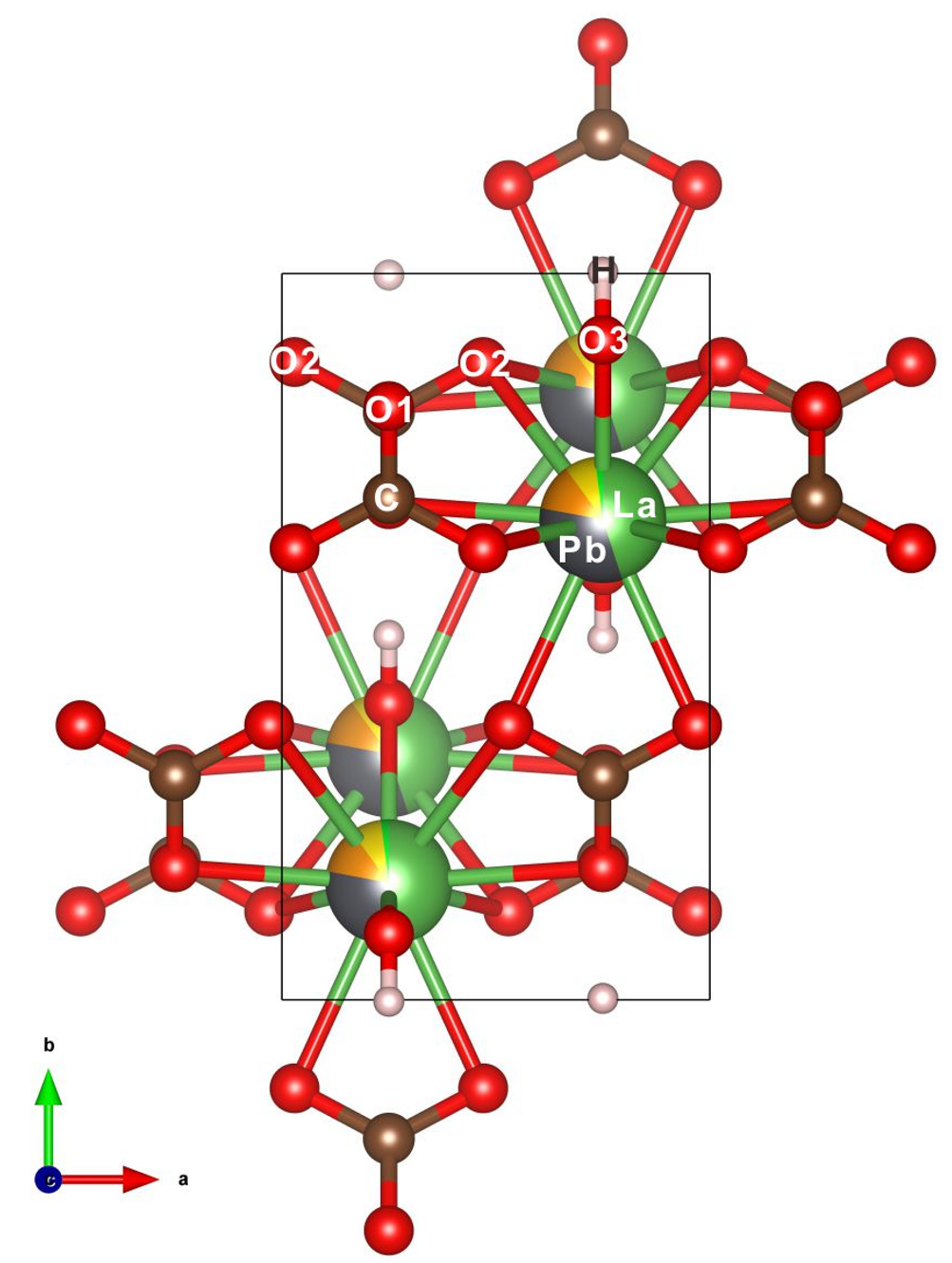Wu Bin, Gu Xiangping et al. : The discovery of a new rare earth carbonate mineral, C-Pb lanthanide
On May 2, 2022, the new rare earth carbonate mineral "carbon lead lanthanide" declared by Associate Professor Wu Bin of East China University of Technology, Professor Gu Xiangping of Central South University and Professor Wang Rucheng of Nanjing University was unanimously approved by the review and voting of the New Mineral Naming and Classification Committee of International Mineralogy Association (IMA-CNMNC), and the number was IMA2022-008. The crystal chemical formula of the mineral is LaPb(CO3)2(OH)·H2O, and the English name is "Gysinite-(La)", abbreviated as "Gys-La".
CPB lanthanide belongs to the Ancylite group minerals. Sastrontium cerite is an important rare earth carbonate mineral, mainly distributed in syenite and carbonate rocks, the chemical formula is REExM2+2-x (CO3)2(OH)x•(2-X)H2O, and the chemical formula is Reexm2 +2-x (CO3)2(OH)x•(2-X)H2O. REE (dominated by light rare earth La, Ce and Nd) and divalent metal cation M (dominated by Ca, Sr and Pb) occupy the same crystal structure position. CPB lanthanide is the ninth mineral species of this family discovered so far, and also the second new mineral of this family discovered by Chinese scholars after calcioancylite-(La), No. IMA2021-090, Wang Yanjuan et al., 2022. CPB lanthanide crystal formula is LaPb(CO3)2(OH)·H2O, orthogonal crystal system, space group Pmcn, unit cell parameters a = 5.0655(2) A, b = 8.5990 (3) A, c = 7.3901(4) A, Z = 2, The metal cations mainly occupied the same structural position by La and Pb (FIG. 1).

FIG. 1 Crystal structure model diagram of carbon lead lanthanide
C-pb lananite was found in the alkaline rock body of Ma Aizaoliang, Liaoning Province. It is often produced in the intercrystal or fissure of microplagioclase and charazite, and co-exists with minerals such as microplagioclase, xiennite, aegirine, sodium zeolite and galena (Figure 2). It may be formed in the late magmatic or hydrothermal stage. As a new rare earth carbonate mineral, the discovery of C-Pb lanthanide has great theoretical and practical significance for the study of alkaline magma-hydrothermal evolution and rare earth mineralization.
The mineral application was completed by five units: East China University of Technology, Central South University, Zhejiang University, Nanjing University and Liaoning Nuclear Industrial Geology 241 Brigade Co., LTD. The list of applicants: Wu Bin, Gu Xiangping (corresponding author), Rao Can, Wang Rucheng, Xing Xingqing, Wan Jianjun, Zhong Fujun. This research was supported by the National Natural Science Foundation of China (42063006, 42072054 and 41702033).

FIG. 2 Monopolarized (a), orthogonal polarized (b) and backscattered electron images (c-d) of carbon lead lanthanide and its symbiont minerals. Mineral abbreviations: Aeg- aegine, Gys-La- carbon lead lananide, Mcc- microplagioclase.
Source: Geoscience House















